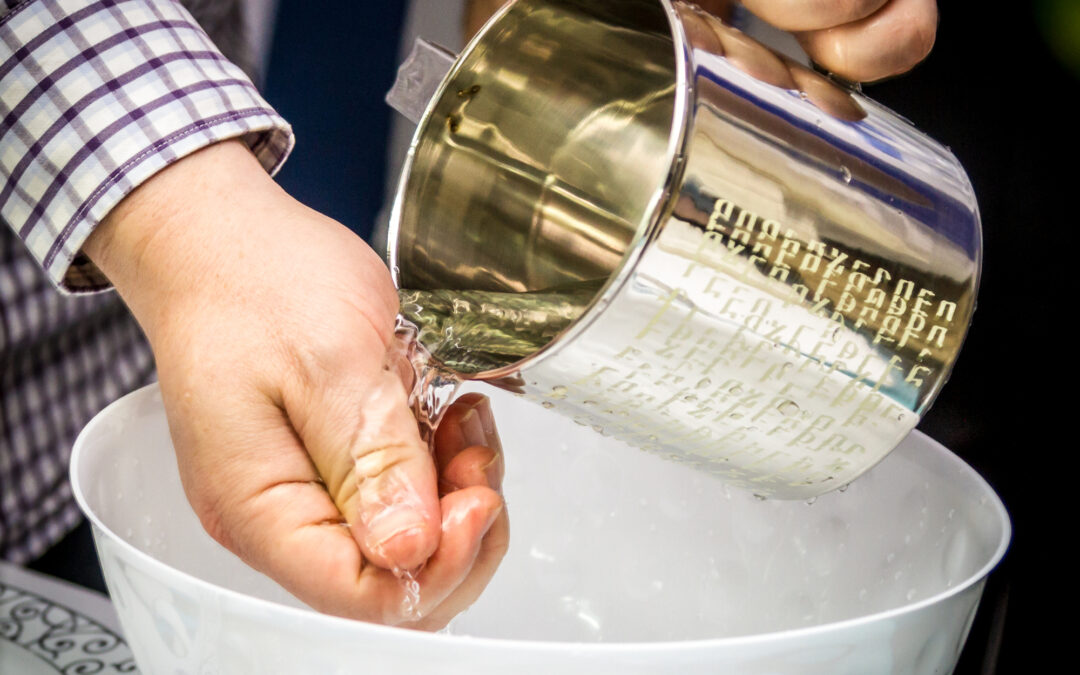Understanding the Jewish Faith Traditions after the Death of a Loved One
In Jewish funeral and burial practice, after the graveside service is over, close family members will engage in a mourning practice known as “sitting Shiva.” Because the word “Shiva” is translated as “seven” from the Hebrew, it’s customary for:
- The period of sitting Shiva to last seven days
- Those sitting Shiva to include seven family members—the mother, father, spouse, son, daughter, brother and sister
The mourners will all sit Shiva together at one location, known as the Shiva house. During those seven days, a number of customs are followed:
- The washing of hands—The first thing mourners will do after coming to the Shiva house after interment is pour water on their hands (before entering the Shiva house). In the Jewish tradition, death is associated with spiritual impurity. The washing of hands separates the mourners from that impurity. To ensure adherence to this custom, there’s customarily a container of water and towels near the entrance to the Shiva house.
- Lighting the Shiva candle—Once the hands are washed, a candle is lit and placed in the room with the mourners, where it will burn for the entire seven days, symbolizing the soul of the deceased.
- The covering of mirrors—Shiva is intended to be a solemn time of mourning, of reflecting on the loss of a loved one. Mirrors are believed to draw attention and concern from the deceased to the mourner, specifically the mourner’s physical appearance. Accordingly, all mirrors in the Shiva house are covered, so that the mourners will focus on spiritual reflection and on grieving the loss of the deceased.
- Seating on low stools, chairs or the floor—It’s common practice for mourners to either sit on the floor or sit in chairs/stools that are low to the ground. There are different explanations for this practice. Some believe it comes from the story of Job, where family members “sat on the ground” with Job as he grieved. Others associate with King David, who “lay on the ground” when he learned that Absalom had killed all his sons. A more common interpretation is that it symbolizes the low emotional state of the mourners, indicating their sadness over the loss of a loved one. It’s also believed that the position signifies an acknowledgement of the submission of mourners to the will of God.
- Unlocked doors—To allow visitors to come and express condolences without distracting those sitting Shiva (or requiring them to serve as hosts), the doors to the Shiva home are not locked and visitors are expected to enter without knocking or ringing the doorbell.
- The Meal of Condolence—Prepared and served by friends, the first meal after the burial is referred to as the meal of condolence, and is served to family members first. Common foods include hard-boiled eggs, rolls, bread and lentils. Coffee, tea and wine may also be served.
- The removal of shoes—Mourners typically take off their shoes, especially leather ones, as they are believed to indicate a satisfaction or comfort with status or quality of life, contrary to the focus of Shiva
- Daily prayer services—Typically, services are held three times each day—in the morning, late afternoon and evening. Visitors are encouraged to join the family during these prayers.
- Other restrictions—Some general restrictions on mourners during Shiva include no bathing or shaving, no wearing of new clothes and no washing of clothes. It’s also customary not to remove anything from the Shiva house until the period of Shiva is over.
On the last day of Shiva, mourners typically sit for a short period of time, then leave the Shiva home and take a walk, an indication that they are returning to the real world. This does not, however, signify that their mourning is complete. The seven-day Shiva period is followed by a month-long mourning period known as shloshim and then, for children of the deceased, a one-year period of mourning.
Compassionate Guidance in Your Time of Loss
At Gutterman’s and Gutterman Warheit, with funeral chapels in New York and Florida, we have served the Jewish community for more than 125 years. We provide comprehensive support and direction in a wide range of matters, from the order of service at a memorial to preparations for sitting Shiva, from the creation of a Yahrzeit calendar to the selection of a monument. We’ll also work directly with the Chevra Kadisha to ensure proper preparation of the body for burial.
For assistance after the death of a loved one, or to learn about the ways that we can be of service to you, call our offices at one of the numbers provided below. We are available 24 hours a day, 7 days a week to assist you.

